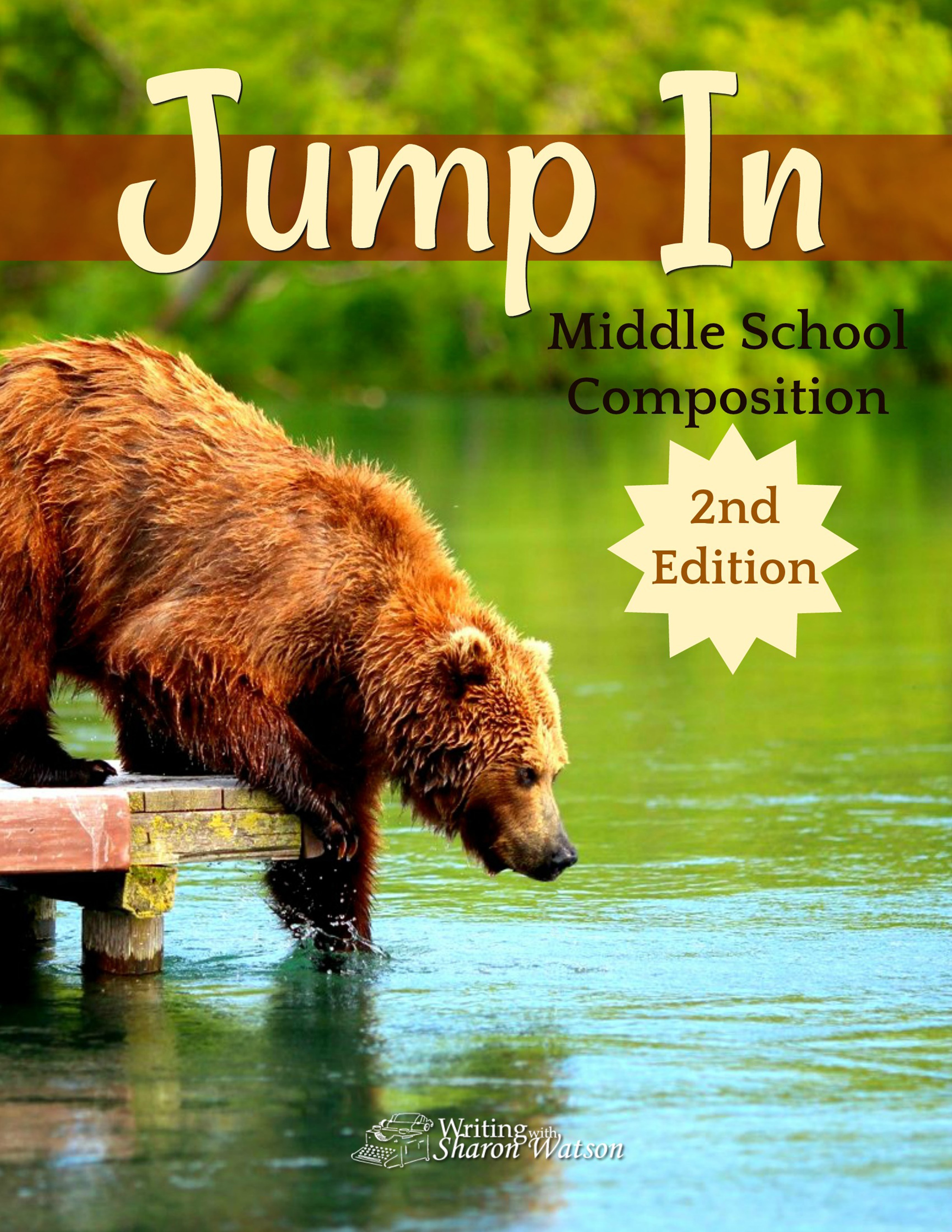How do you write a story about Alaska before people arrived? You make animals the main characters, which is exactly what James A. Michener does in Alaska.
Michener creates Matriarch, a mammoth that is old enough to be the grandmother of many other mammoths. Through her eyes, we see the landscape and experience the early troubles of the area now known as Alaska.
An Alaskan Matriarch
Here’s a passage from Alaska in which Matriarch first encounters . . . well, I think you’ll figure out what’s going on here:
[Matriarch] came upon a sight that confused her weak eyes. On the banks of the river she had been following stood a structure like none she had ever seen before. It was like a bird’s nest on the ground, but hugely bigger. From it came animals who walked on only two legs; they were like water birds that prowled the shore, but much larger. Others poured from the immense nest, and she could see that her presence was causing great excitement, for they made unfamiliar sounds.
Then some of the creatures, much smaller than herself or even the youngest of her grandchildren, began running toward her, and the speed with which they moved alerted her to the fact that she and her herd were about to face some kind of new danger. Instinctively she began to edge away, then to move rapidly, and finally to trumpet wildly as she started running.
As you can guess, Matriarch has just met humans for the first time, and it isn’t going to turn out well for her.
Anthropomorphism
Notice how Michener keeps the scene close to Matriarch’s understanding. A human dwelling looks like a bird’s nest to her. The new creatures seem like water birds. With these things, she is familiar.
You are familiar with something, as well: an animal taking on human characteristics and attributes. This is called anthropomorphism. You’ve experienced talking animals from Dr. Seuss’s The Cat in the Hat, Richard Adams’ rabbits in Watership Down, and C. S. Lewis’s Narnia series, along with countless movies.
Anthropomorphism is often confused with personification. Don’t sweat it though. The basic idea is that animals or objects that are not human are acting like humans.
Matriarch’s Perspective
The important things here are to see (1) how everything that happens in the story gets funneled through Matriarch’s perception, and (2) how you can create empathy for an animal by giving it human attributes.
What does this mean? It means that readers will be on the animal’s side, hoping the best for it and feeling its pain, because you’ve created an animal that can think, feel pain or happiness, be hurt or betrayed or in danger, speak, be disappointed, care for others, and so forth.

Now it’s your turn: Write a story or a scene from an animal’s perspective. Let everything that happens to the animal be recorded through the eyes and understanding of that animal, just as Matriarch thinks humans seem like water fowl. Or write a description of an event or location through the eyes of an animal.













